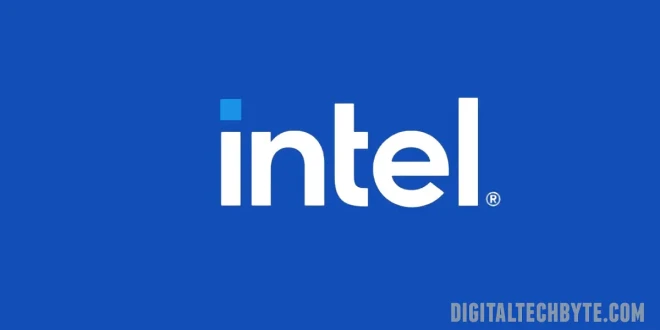Intel launches its groundbreaking Core Ultra Series 3 “Panther Lake” processor, the first built on the advanced 18A process technology, signaling a leap in CPU performance and efficiency for next-gen PCs.
Intel has taken a significant step forward in CPU innovation by unveiling its new Core Ultra Series 3 processor, codenamed Panther Lake, marking the company’s first chip manufactured using its cutting-edge 18A (angstrom) process technology. This advancement not only reflects Intel’s commitment to regaining leadership in semiconductor performance but also paves the way for more powerful, energy-efficient personal computing experiences.
Introducing Panther Lake: Intel’s Next-Gen Powerhouse
The Panther Lake chip represents a milestone in Intel’s long-term roadmap to enhance transistor density and operational speed. The 18A process, a breakthrough in fabrication technology, allows for greater transistor packing with improved electrical efficiency compared to Intel’s previous nodes. This results in processors that can deliver higher clock speeds, better multi-thread performance, and reduced power consumption — critical factors in today’s demanding computing environments ranging from gaming to professional content creation.
Of particular note is how this new chip integrates seamlessly with the evolving AI computing landscape. With AI workloads becoming a staple in both consumer and enterprise applications, Panther Lake is designed to complement hybrid computing architectures—like those emerging from Intel’s recent collaboration with Nvidia, which merges Intel CPUs with Nvidia’s GPU chiplets—to deliver better AI acceleration and user responsiveness on the desktop.
Strategic Context: Competing in a Fierce Market
Intel’s unveiling of Panther Lake comes amid intense competition from other semiconductor powerhouses such as AMD and ARM-based processor manufacturers, who have made sizable strides in energy efficiency and AI integration. Equipped with 18A process technology, Intel positions itself to close the gap on these rivals, supplying OEMs with more compelling options for premium laptops, ultrathin notebooks, and high-end desktops.
Industry analysts view Panther Lake as a critical asset in Intel’s strategy to regain market share. When paired with Intel’s expanding capabilities in system-on-chip (SoC) design and its strategic alliances—including the notable partnership with Nvidia—this launch signals Intel’s resurgence in offering chips that balance raw power and modern AI-centric features.
What It Means for Consumers and Businesses
For everyday users, Panther Lake promises noticeably snappier computing experiences with applications like video editing, 3D rendering, and gaming benefiting directly from increased processor throughput and efficiency. Long battery life in portable devices is expected to improve, thanks to the 18A node’s power-saving gains.
Moreover, businesses deploying AI-driven workloads stand to gain from enhanced compute responsiveness and hybrid CPU-GPU capabilities, which are vital for real-time data analytics, cloud-edge integration, and futuristic AI deployments in automation and manufacturing.
Intel’s Chief Technology Officer highlighted Panther Lake as “a testament to our relentless innovation journey” aimed at “empowering the computing devices of tomorrow with unprecedented speed and responsiveness.”
Intel’s Core Ultra Series 3 Panther Lake processor is not just another CPU release—it’s a bold statement that Intel intends to lead the next wave of computing innovation. With its advanced 18A process and collaborative AI-ready design philosophy, Panther Lake is poised to become a cornerstone for AI-powered and high-performance computing devices worldwide.
 Digital Tech Byte Latest Technology News
Digital Tech Byte Latest Technology News





